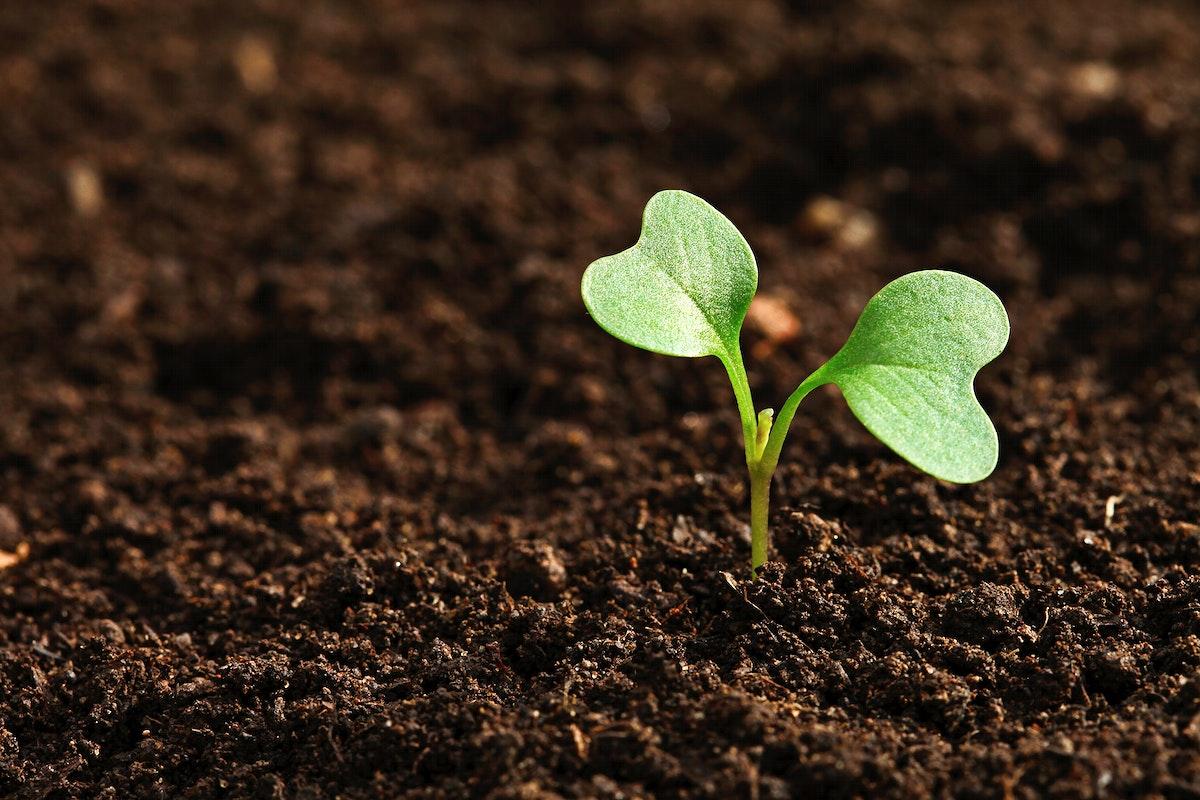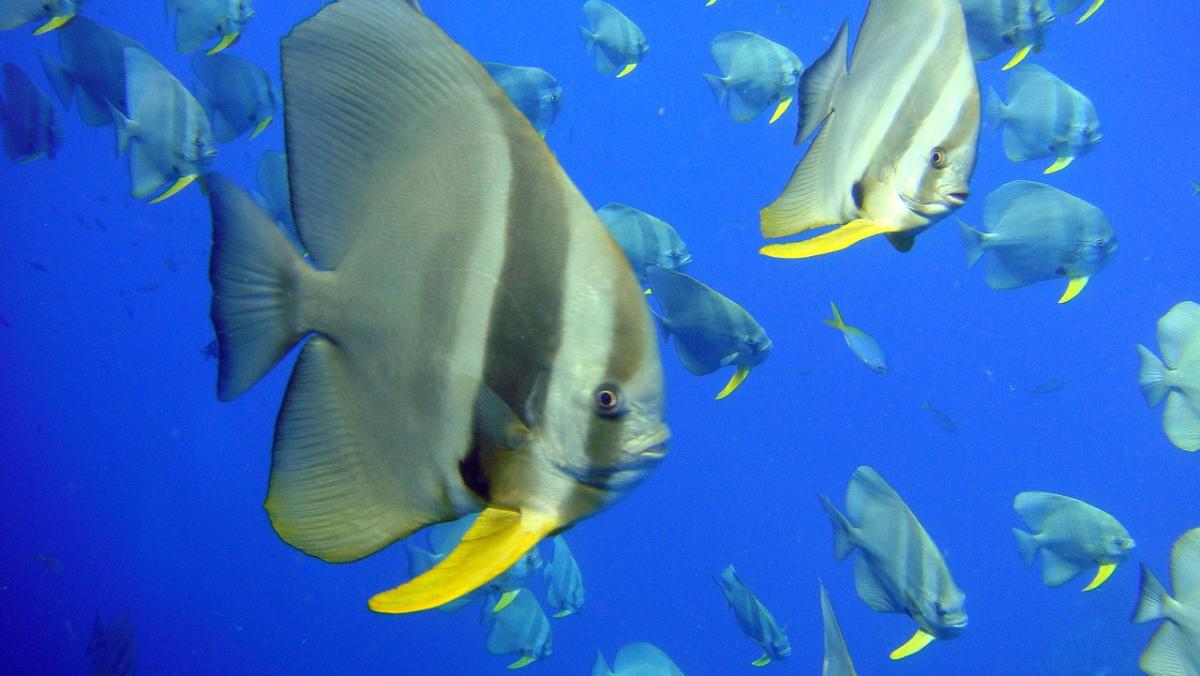
Learning How Pumpkins Grow using Coding
Just like many things we do in our lives, pumpkin growth and coding follow a pattern. Students will learn the life cycle of a pumpkin and fill in a practice page that talks about the pumpkin's life cycle.
Then there are coding (unplugged) activities to reinforce the science of the life cycle. This is a great lesson to introduce sequencing that is found in many content areas.
Lesson Plan Link/URL
https://docs.google.com/presentation/d/1U2lS2cRDpH7N-_n11vSVr2Yq7LIRK_Wz/edit?u…Subject Area
Science Life Science L1: Cells Technology 5. Computational Thinker Engineering S2: Apply the Engineering Design Process S4: Apply Science to Engineering S5: Apply Technology to Engineering English Language Arts (ELA) Reading (Literature) WritingRelated Content

A Very Hungry Robot: Lesson 2

In this lesson, students learn about seals. They will listen to a story about orcas and what they eat. Next, they plan and build an island for the seals to get away from the orcas. Finally, students

In this lesson, students will learn about Indi the robot. They will collaborate with their peers and use problem-solving skills and critical thinking to learn about coding and how to create an